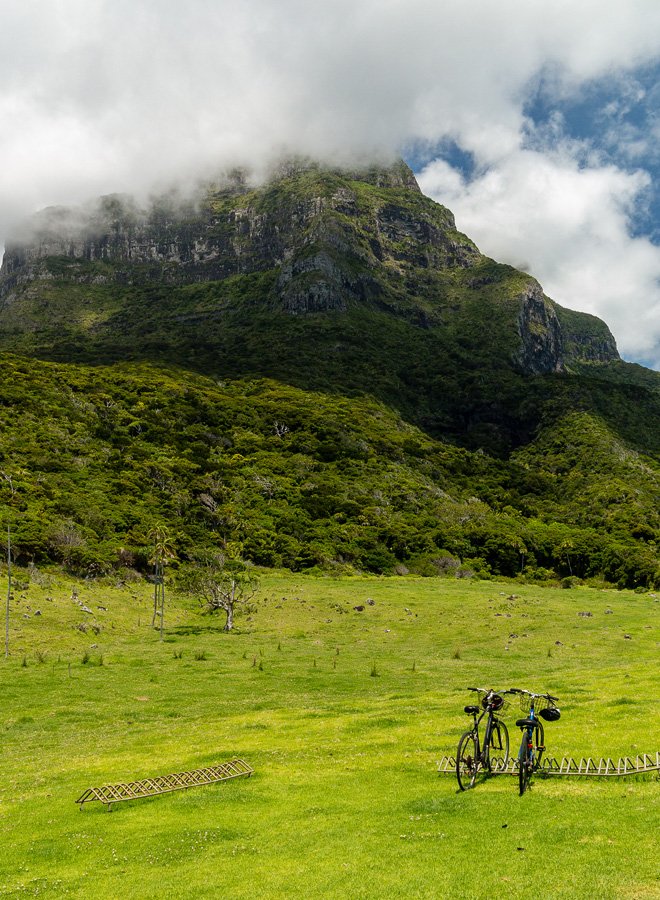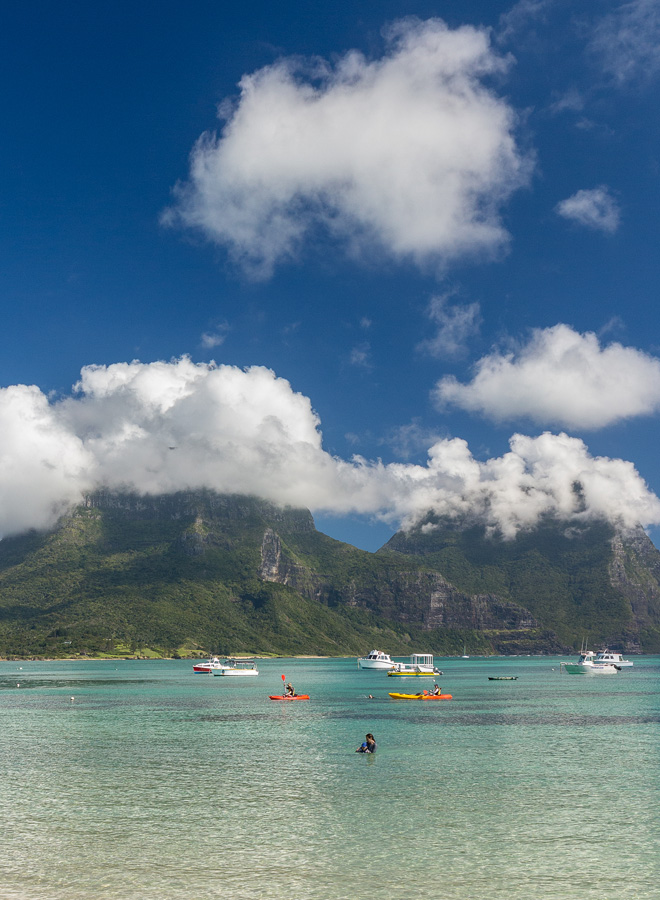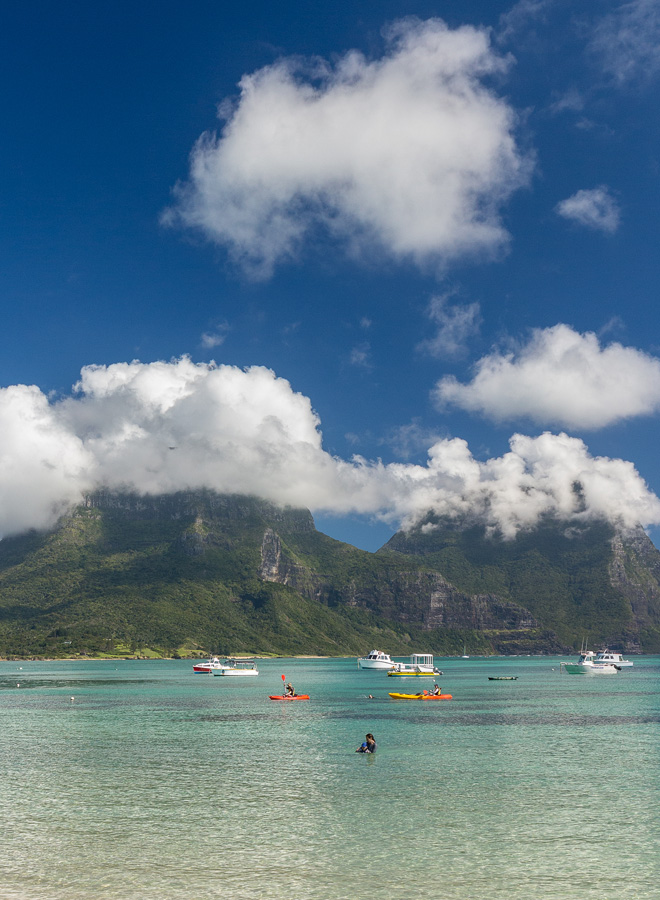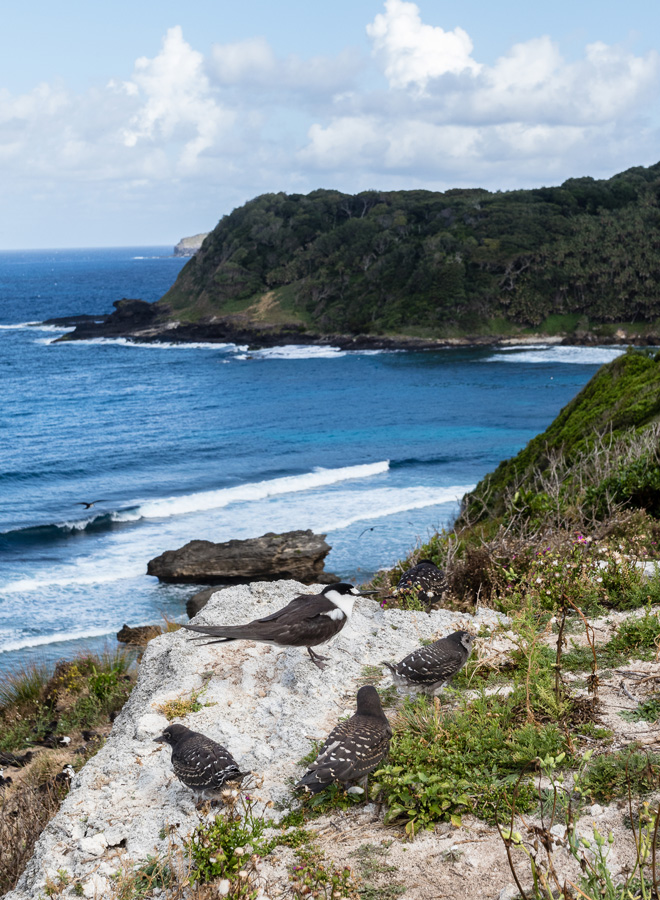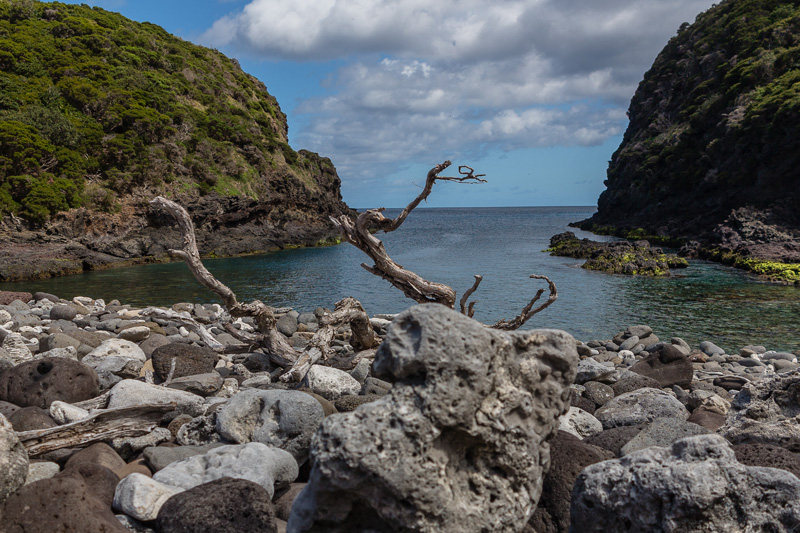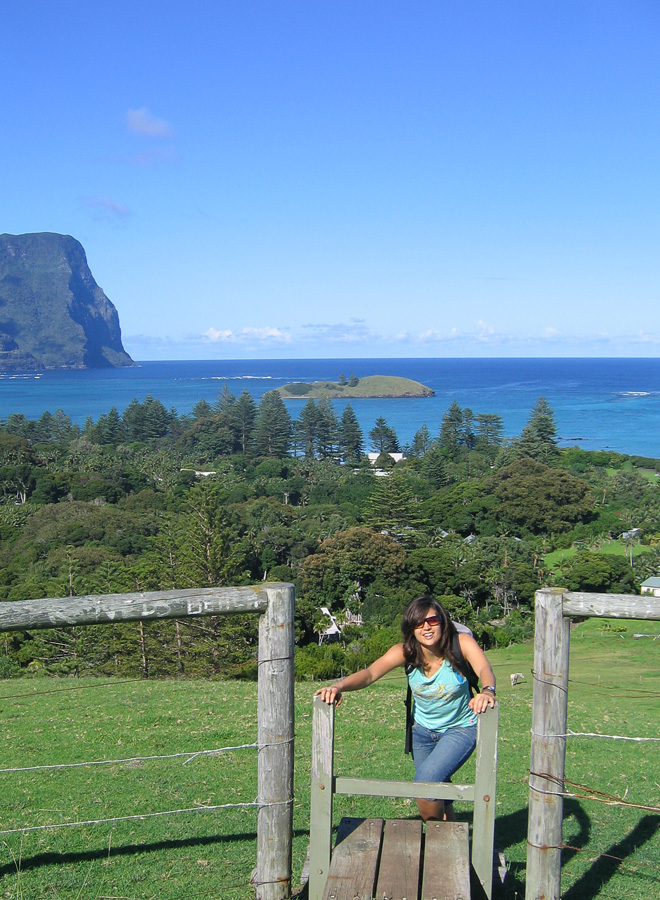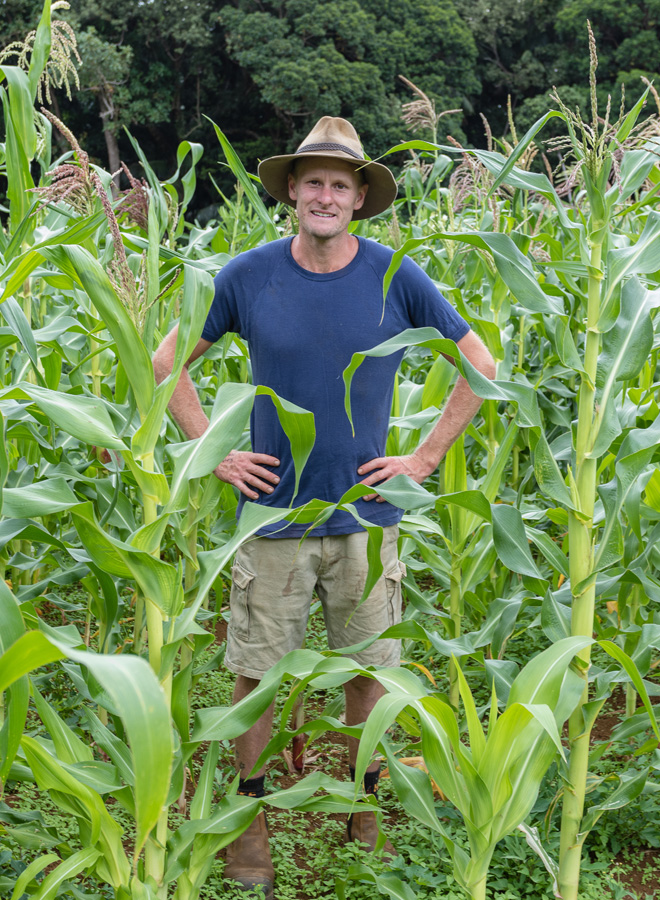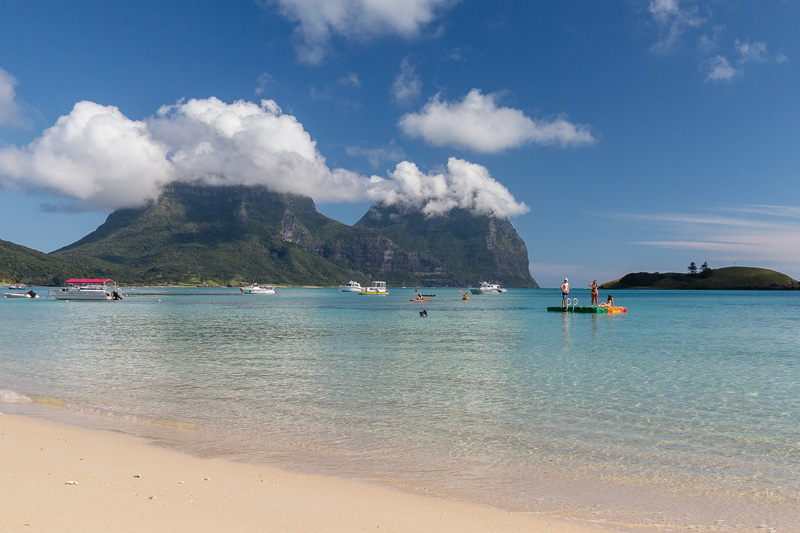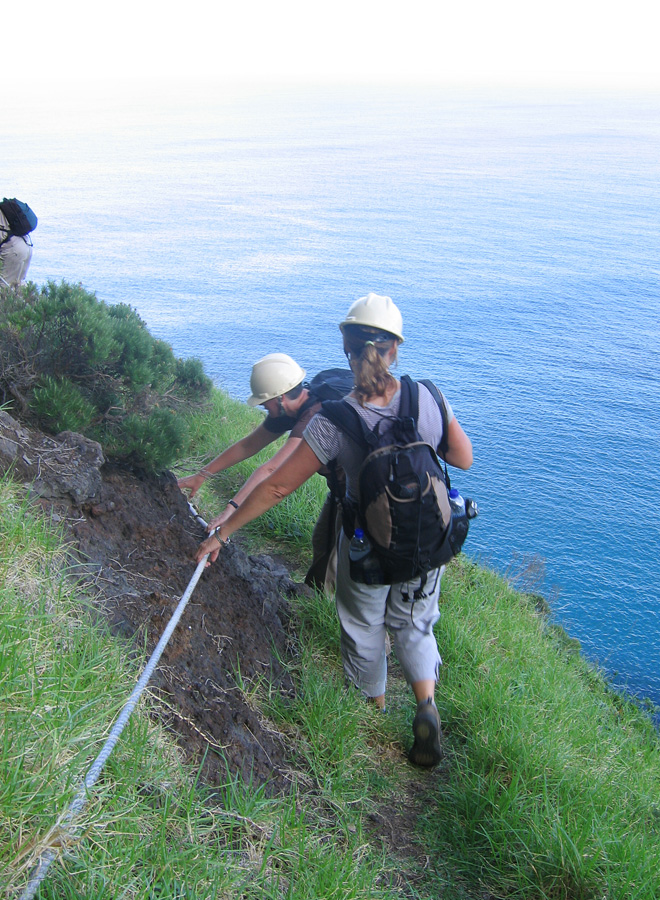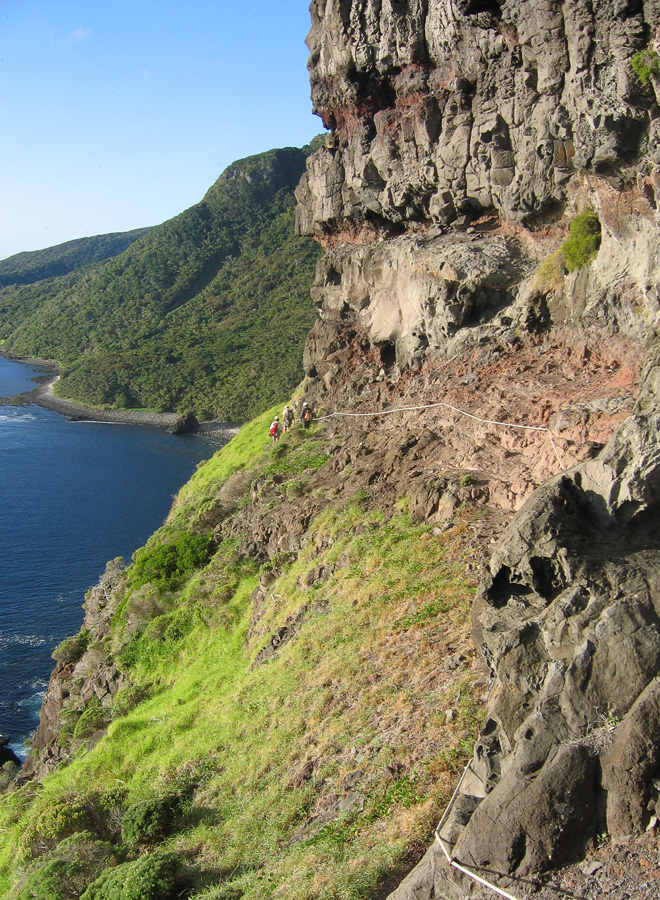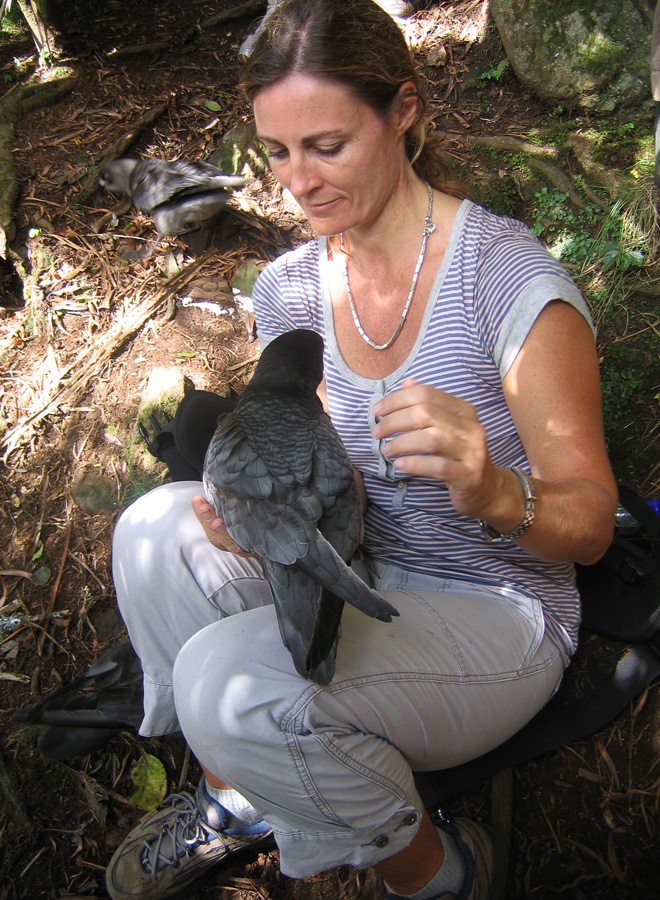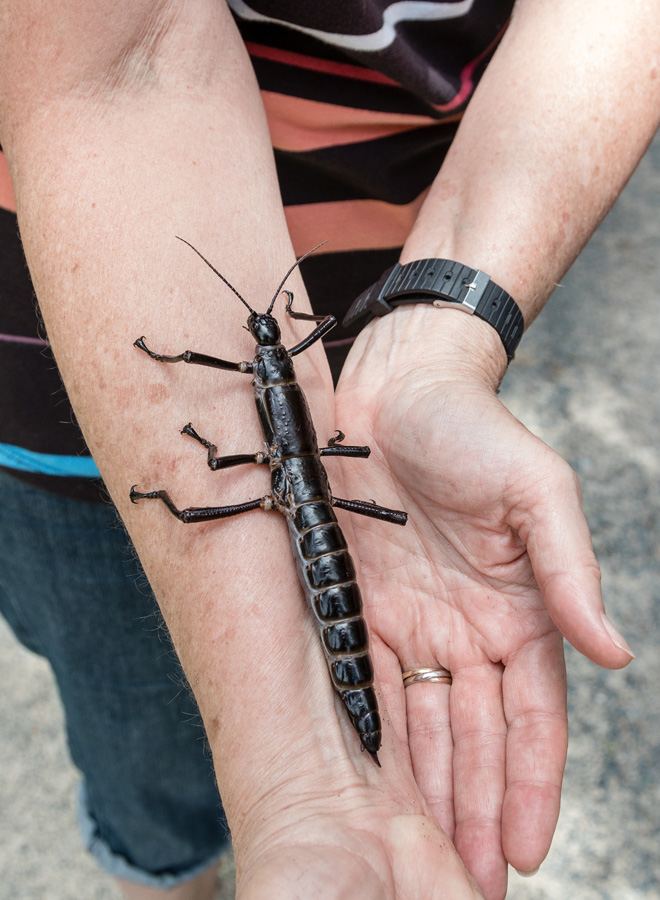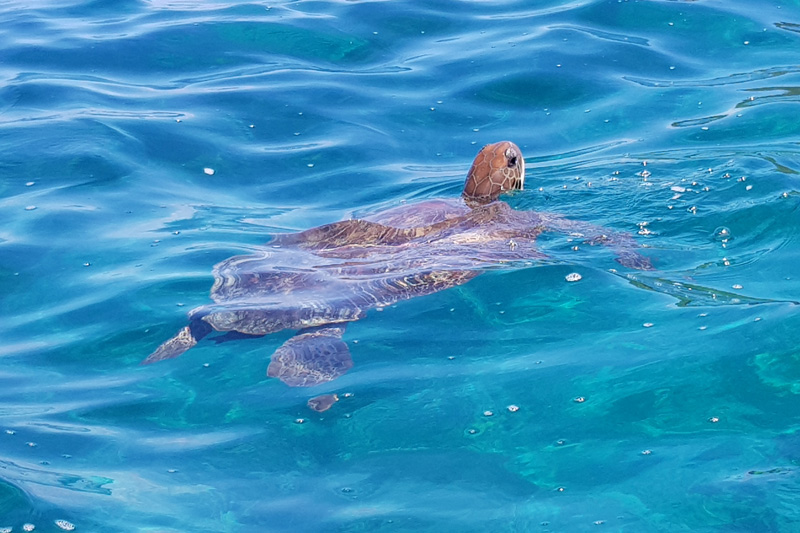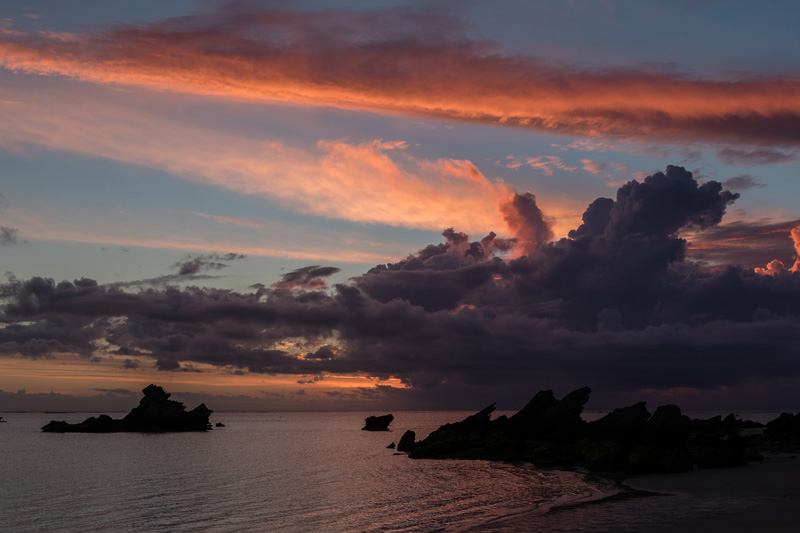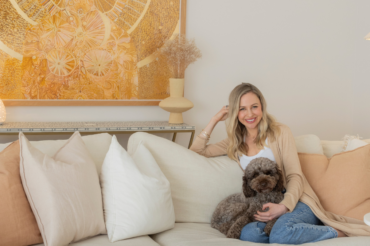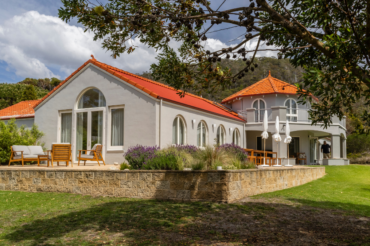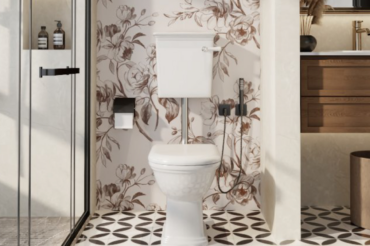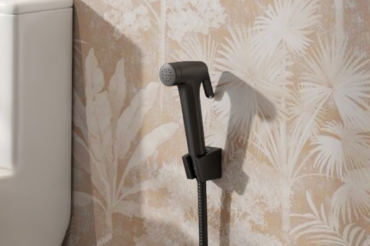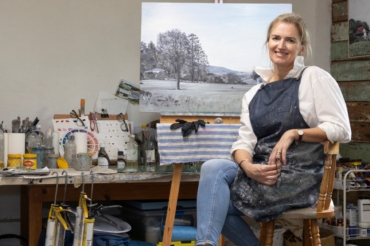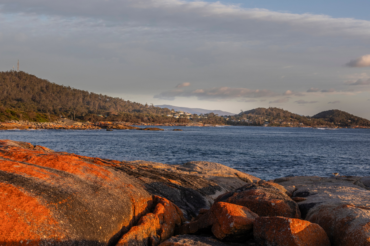
It’s an established fact that people who honeymoon on Lord Howe Island invariably return to celebrate their important wedding anniversaries there. Generations of families spend their Christmas holidays at the same resorts every year and they bring their families and friends to witness their significant-decade birthdays as well.
That’s because Lord Howe, an 11-kilometre-long dot in the South Pacific 660km east of Port Macquarie, is the kind of destination you want to share only with your closest family and friends. It’s a precious patch of paradise that you want to keep to yourself to ensure that it’s preserved forever. Flying into this World Heritage-listed island just shy of two hours by air from both Sydney and Brisbane, the first land you might sight is Balls Pyramid, a 550-metre spearhead of sheer basalt cliffs. It’s best known as a diving and fishing haven and for the small colony of phasmids (giant stick insects), previously thought to be extinct, that was found there in 2001.
A few minutes and 26km to the north is the island proper with the cloud-shrouded twin peaks of Mount Lidgbird (777m) and Mount Gower (875m) and the calm waters of the lagoon protecting the world’s southernmost reef. Then there’s the overwhelming sense of being enveloped by green, from paddocks of lush, green pasture to the carefully mown roadside verges and the natural forests where more than 100 endemic plants, including the kentia palm, grow.
But Lord Howe is not just physically beautiful; its 350 or so residents also enjoy a lifestyle that should be World Heritage-listed as a rare and diminishing resource. Visitors to the island are limited to 400 at a time, there are only 19 accommodation options and most of them are family-run. Pushbike is the main method of transport and the limited number of cars — only one per dwelling — are restricted to a 25kph speed limit. No one locks their doors, there are no pubs on the island and the nightlife consists of a quiet dinner at a resort or a fish fry at the bowling club. Just about everything, from the drinks you consume at the resort bars and the golf clubs and balls you hire at the nine-hole course to the snorkeling gear at the beach, is paid for on an honour system: put your money in the box and someone collects it later. Swimming, fishing, snorkeling, diving, bushwalking and birdwatching are the main activities, unless you count the twice daily arrival of the plane and the launch of the weather balloon from the meteorological station where visitors are welcomed.
To buy property, you have to be a local — that is, born on the island, or a resident for at least a decade. The locals take their role as custodians very seriously. Apart from the usual council duties of maintaining the airport, power station, fire tender, SES, hospital, waste recycling, parks and reserves and keeping firewood stacked beside all the barbecues, the Lord Howe Island board, with four islanders and three government-appointed mainlanders elected for three-year terms, regulates all tourism and development. They voted not to have mobile phone coverage, they decide what kind of businesses can operate, and when a baby is born they signal its arrival by hoisting a pink or blue nappy up the flagpole outside the island’s government house.
Lord Howe’s airstrip was installed in 1974 to replace the regular flying boat service that had transported visitors to the island since World War II. Before that, the only way to the island was by boat. Even today, all supplies that are not air-freighted come in on the fortnightly ship that makes its way from Port Macquarie. Food from the mainland is supplemented by local produce: the kingfish is legendary, there’s good local beef and former landscaper Brendan Kong is throwing his all at restoring Robert Jeremy’s Thornleigh Farm, a former orchard, and turning it into a fully fledged market garden. Already Brendan has established an orchard and vegie patch, several Warre beehives and a flock of Isa Brown, Plymouth and Sussex chickens for eggs. He has great plans for redeveloping the 140-year-old farm to full potential and locals who volunteer their services are rewarded with a box of produce. Already several restaurants are incorporating Thornleigh herbs, salad vegies and avocados into their menus and Brendan is hopeful that this is the start of a true paddock-to-plate culture on the island.
Like many Lord Howe residents, Greg Whitfield first arrived with his family on holidays. In 1964, the licence on the glass-bottomed boat came up for sale so the Whitfields bought it and moved from Sydney for good. Greg, who was 14 at the time, completed his education at the island’s small school before spending 20 years in the merchant navy. These days, he’s home from the sea, married to English-born Sharon, who came to Lord Howe on a working holiday 30 years ago, and who has developed a very interesting art form that we’ll be featuring in an upcoming issue of Australian Country. She is also one of the volunteers who run the Island Showcase, a wonderful source of local arts and crafts, behind the post office in the cluster of shops that constitutes the town centre.
Peter and Janine Phillipps of Chase ’n’ Thyme bus tours provide a good introduction to Lord Howe with an overview of the best spots to walk, swim and take photographs and visits to the school, hospital and even the waste transfer centre, aka the local Kmart (where everything is recycled and there’s even a book exchange). The tour concludes with morning or afternoon tea at the Phillipps’ home at Ned’s Beach, which is a great way for visitors to gain a local’s perspective on some of Lord Howe’s quirks. Peter also provides a history of the native kentia palm, the potted palm of choice in Victorian ballrooms, and explains how most island kids grow up knowing how to shimmy up the palm
to collect its seeds.
It seems that calling the birds is another island skill that comes with, or shortly after, birth. Mount Gower guide Jack Shick demonstrates the art for the hardy souls who accompany him on the arduous climb up Lord Howe’s answer to Everest. Jack, who is a veteran of more than 2000 ascents, lets out a series of yowls and, miraculously, scores of providence petrels, which nest there from March to November, come in to protect their nests from whatever they imagine to be threatening their eggs. Once on land, these big grey birds seem to lose all fear and appear quite comfortable around humans and being nursed by the mountain climbers.
The eight-hour return Mount Gower climb is rated one of the world’s best day walks and includes challenging sections with narrow ledges and steep, rope-assisted climbs. Fortunately, the island is also blessed with a network of easier walks, including the relatively easy circuit trek up Transit Hill for more panoramic views across the island ending at the “Champagne surf” of Blinky Beach. Another circuit to Malabar Hill and Kims Lookout takes you along the most spectacular cliff line, which is also one of the world’s largest nesting grounds for the red-tailed tropic, one of 14 seabirds that nest on Lord Howe, and part of a wider population of more than 130 permanent and migratory species that live there at various times. This route brings the walker down via Old Settlement Beach, where, on rising and ebbing tides, turtles come in to play in the shallows.
The pristine waters around the island host more than 500 different fish species and at least 90 corals. Diving is rated world class, but snorkelers are equally rewarded, particularly as there’s the rare opportunity to see a wreck, without donning scuba gear, in the shallow grave of The Favourite at North Bay. Island-born Anthony Riddle, who runs Marine Adventures’ turtle watching and snorkeling tours, explains that an extreme weather event a decade ago killed a lot of the coral in the lagoon but, thanks to the rising sea temperature, coral is now regrowing in Lord Howe’s waters. “We’re one of the few places that’s actually benefitting from global warming,” he says. “One of the great things about the many generations of families who have lived here is that there’s collective memory of how things are on the island and how they have changed. You don’t get that with a more transient community.”
Arajilla Retreat’s Bill and Janne Shead first came as sailors in the 1980s and their boat is still moored in the lagoon. In 1987, when they could see a dip in the market for their Sydney real estate business, they decided to make the move a permanent one. They introduced the first coffee machine to the island when they took over a very run-down property and gradually built it up to the luxuriously appointed resort it is today. With a day spa with two treatment rooms and a fine-dining restaurant headed by Ben Crompton, Arajilla is now one of the places most holidaymakers put on their must-visit list. Island businesses are supportive of each other, and all accommodation providers offer transport to and from dinner venues. The restaurants also share their business around and run on a rolling roster to encourage visitors to try different establishments on different nights.
Naturalist Ian Hutton arrived in 1980 as a weather observer and finished his biology degree as an external student from the island. Where else in the world would I want to live?” he asks. “Everything I was learning about was before my very eyes.” Ian started sharing that knowledge with talks for tourists in 1982 and since then has evolved into one of the island’s most celebrated guides. He takes walks and gives slide shows for a living, has written numerous books on the island and amassed a huge library of photographs taken through the years. In his “spare” time, he’s devoted many thousands of volunteer hours to weed eradication and he’s also the curator of the local museum, which he and his fellow volunteers believe is a place where people “change their attitudes and realise that the world is worth saving”. You can’t help but think that’s a pretty concise summary of the entire Lord Howe experience.
For more information on the accommodation, visit lordhoweisland.info
The complete story was originally published in Australian Country issue 21.3. Click here to subscribe to our magazine
Words Kirsty McKenzie
Photography Ken Brass

